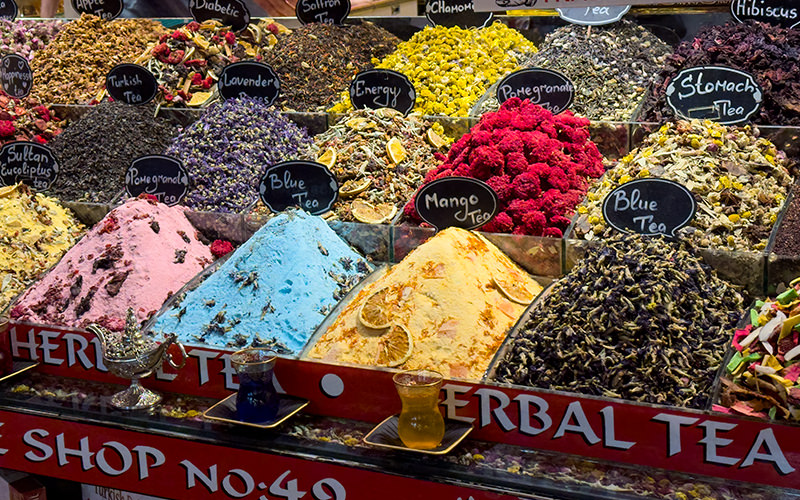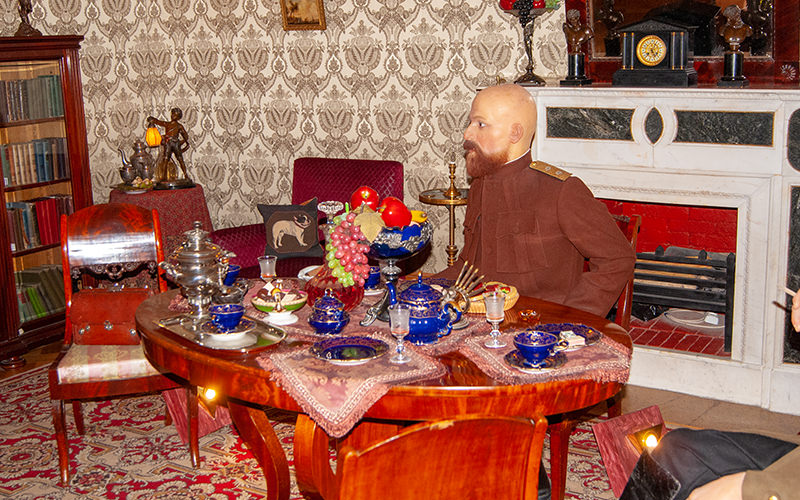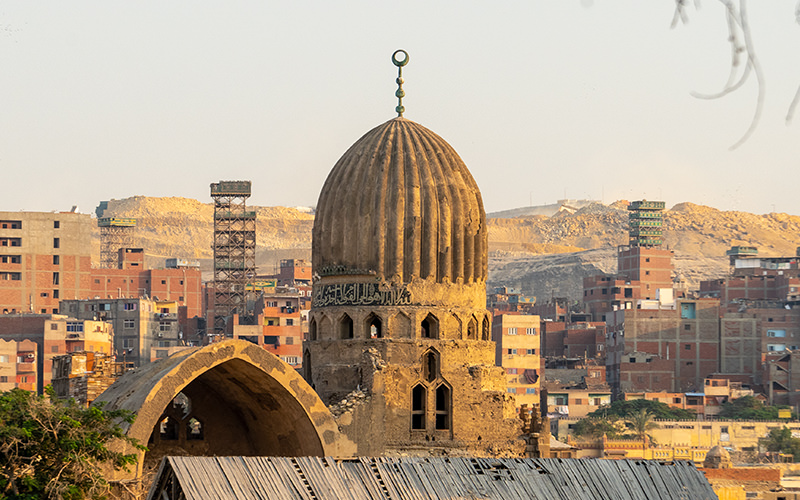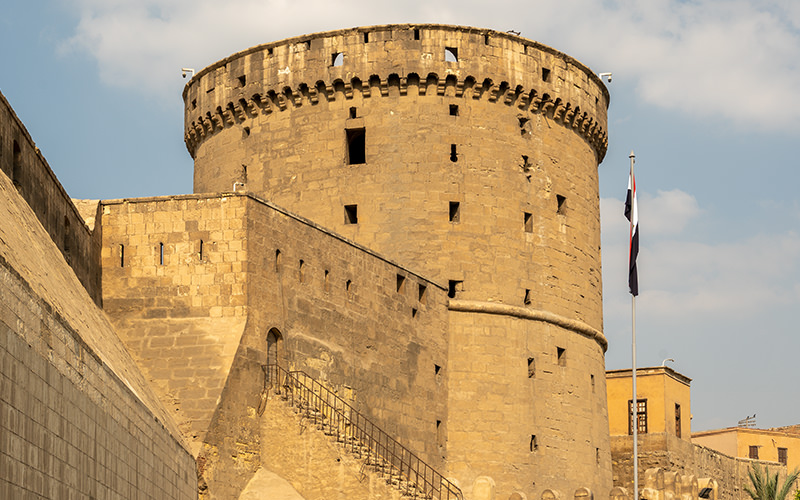Hi! Today I once again invite you to embark on a journey through the fascinating Cairo to explore one of its unusual landmarks—the Baron Empain Palace. This structure can be described as a multinational architectural monument: situated in the northeastern part of the Egyptian capital, its exterior resembles a Hindu temple, and its history is connected to the Belgian industrialist, Edouard Empain.
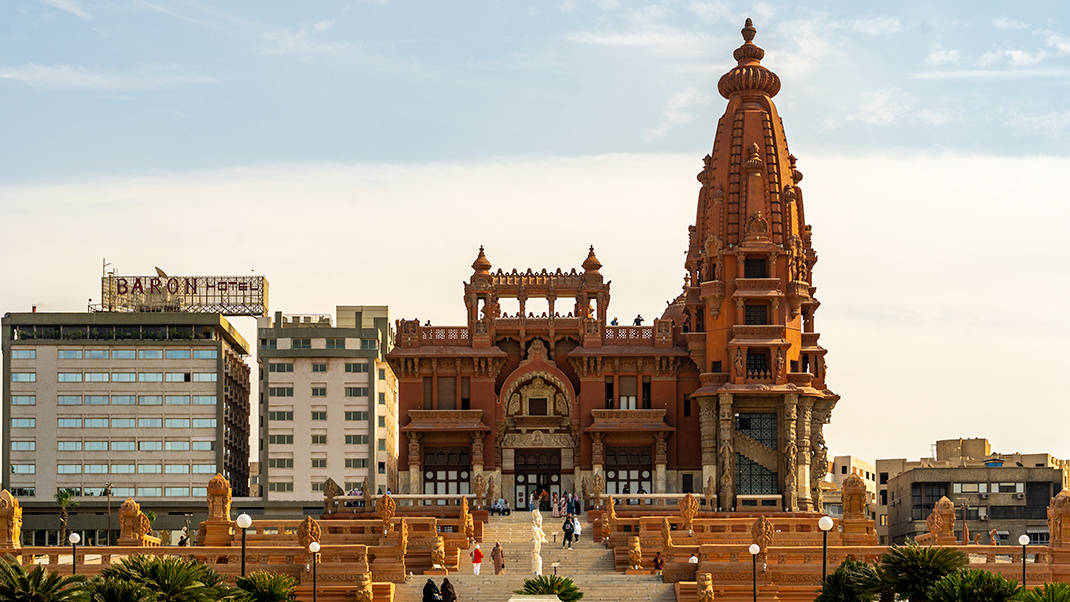

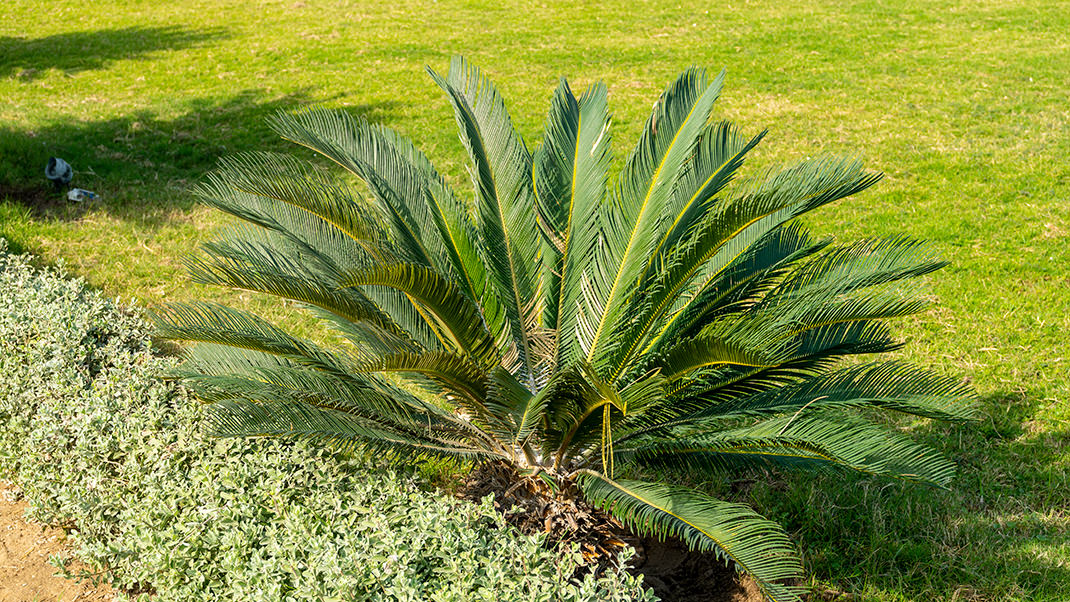
How to Reach the Palace
We reached here from the center of Cairo by metro. The nearest station to tThe statue of Davide palace is El Ahram, and the journey from there takes no more than ten minutes. The entrance fee for foreigners is 100 Egyptian pounds (March 2022). In addition to exploring the interiors, visitors can climb to the roof of the building, which costs an extra 50 pounds, the same amount you'd need to pay if you plan to use a camera.

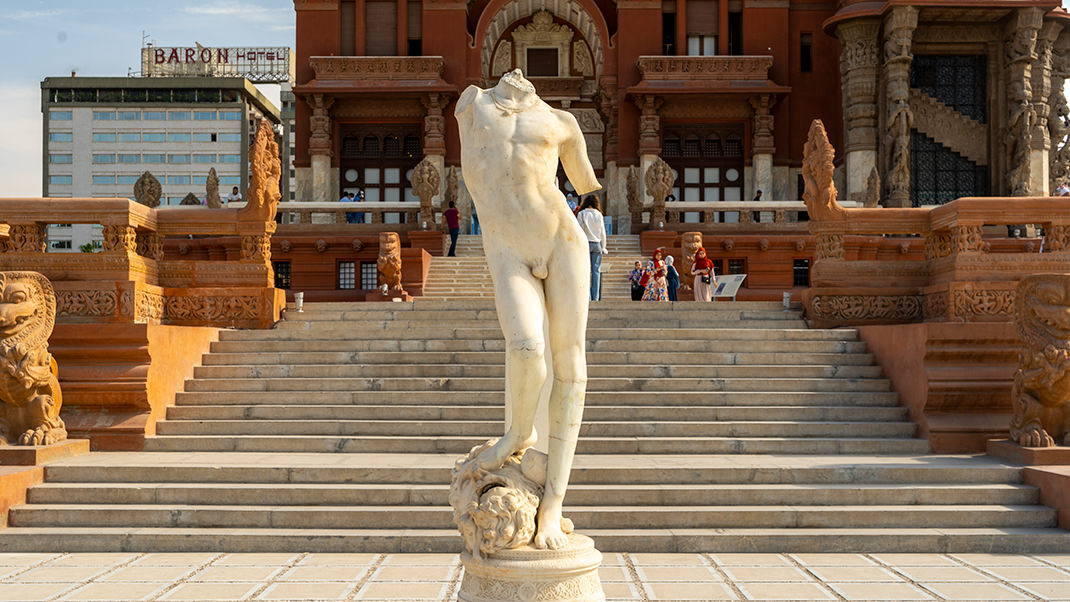

A Bit of History
The palace is located in the Heliopolis district of Cairo, which itself has an interesting history. The desert plot where Heliopolis stands today was acquired by the protagonist of our story, the transportation magnate Edouard Empain, in the early 20th century. The entrepreneur planned to build his dream city here. In choosing this remote area, the baron was guided by economic considerations— at that time, the cost of land along the banks of the Nile equaled the price of plots in Brussels and Paris.
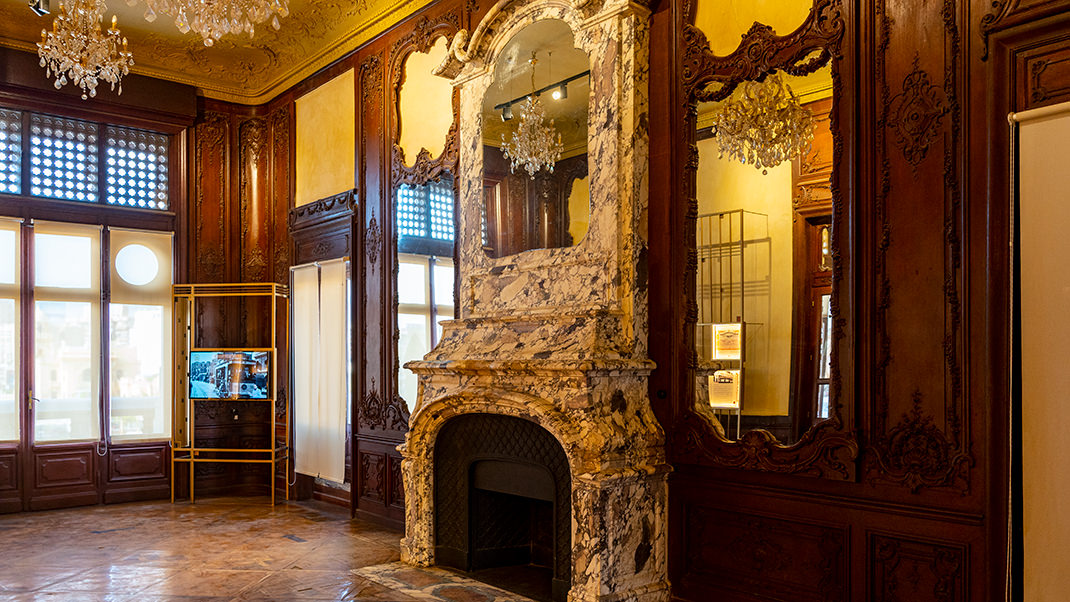
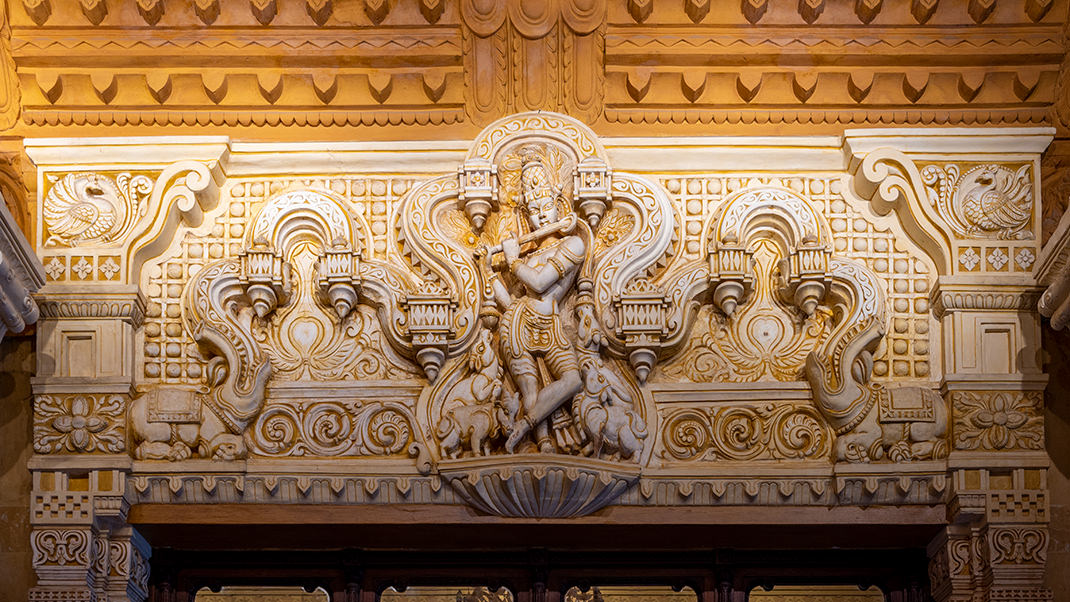
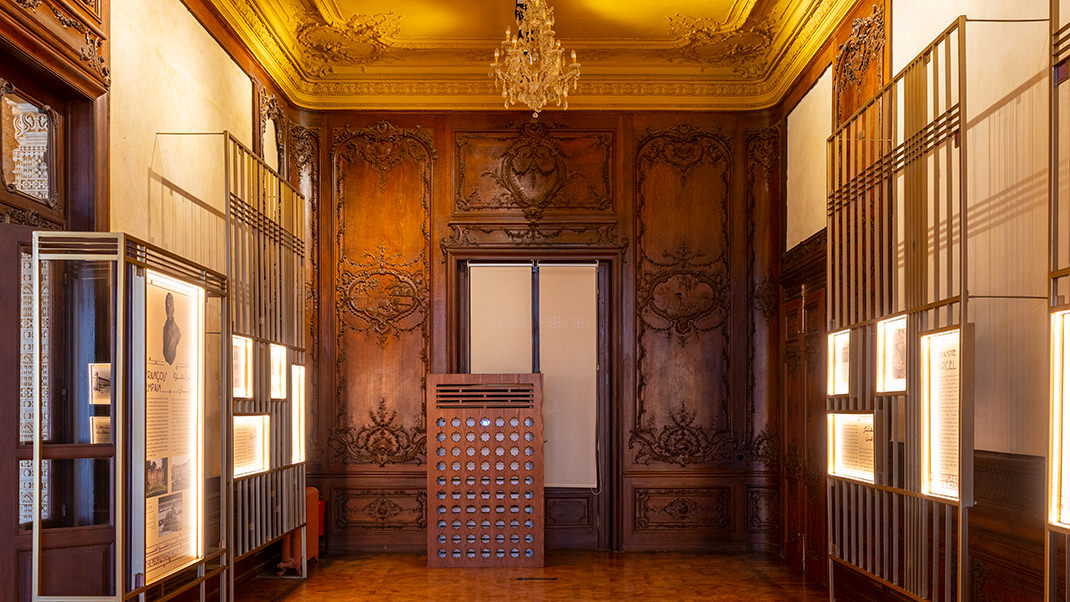
Yesterday's desert quickly transformed into a lively area, characterized by its architecture combining Islamic, Indian, and European aesthetics. The development of Heliopolis was also influenced by Empain's involvement in building transportation systems: his company is known for laying the first urban tram line in Cairo, which extended to Heliopolis.
The construction of the baron's residence took place from 1907 to 1911, with the French architect Alexandre Marcel at the helm. The building belonged to the Empain family until the 1950s, after which it had a new owner. In our time, the palace was acquired by the Egyptian government, and restoration work began in 2017.
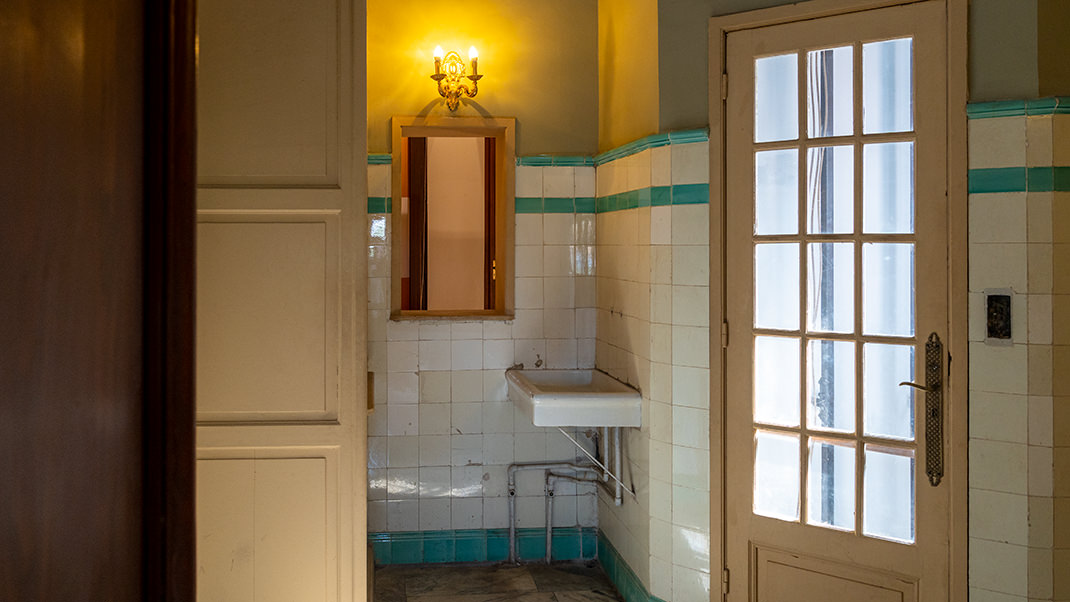
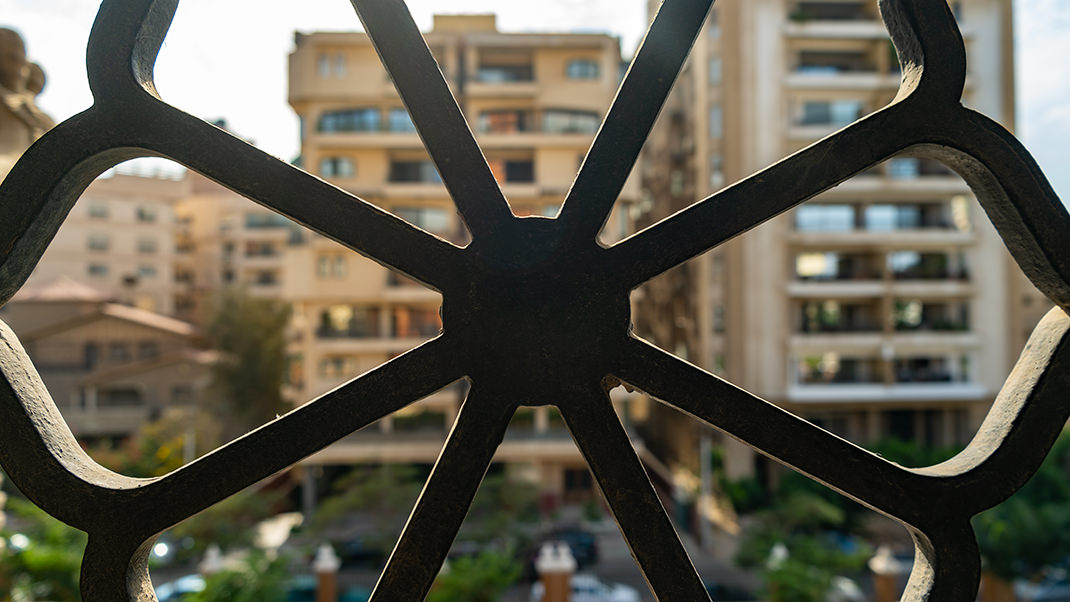
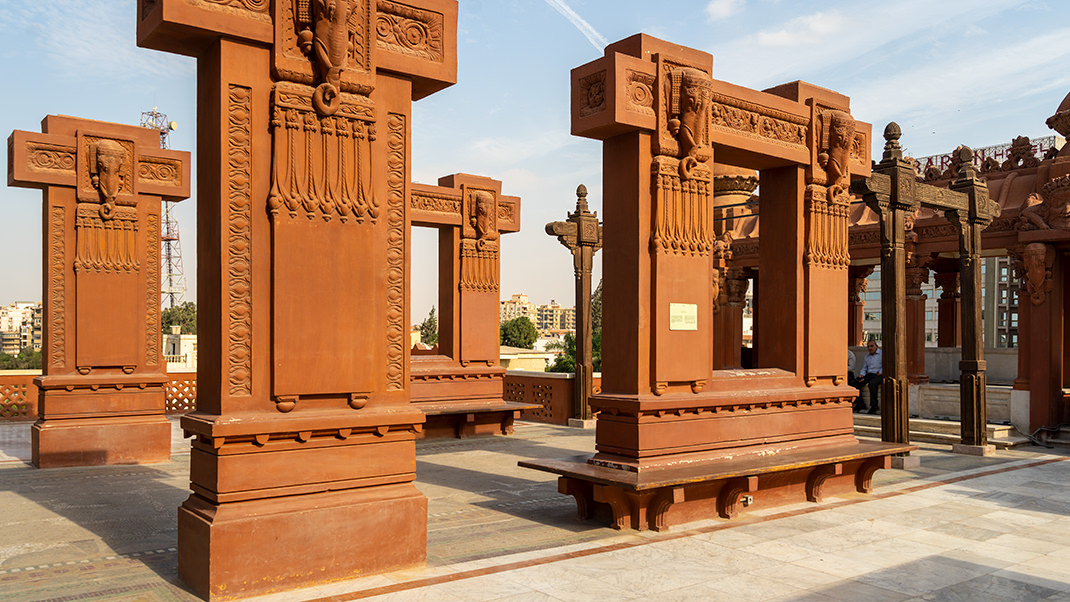
Not long ago, in an article about Indian architecture, I read that it "almost dissolved into sculpture." The Baron's Palace is a direct testament to this: the building's facade and the surrounding area are richly adorned with various reliefs and round sculptures. Near the complex's entrance, there's a tramcar—a reminder of the baron's past, noted as the "tram king" on an information plaque.
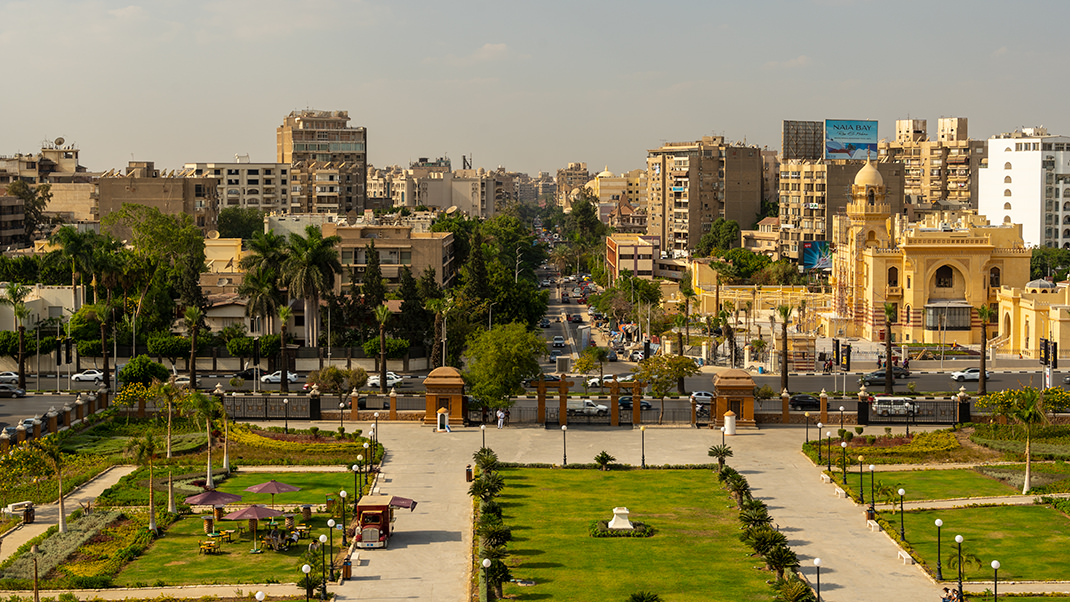
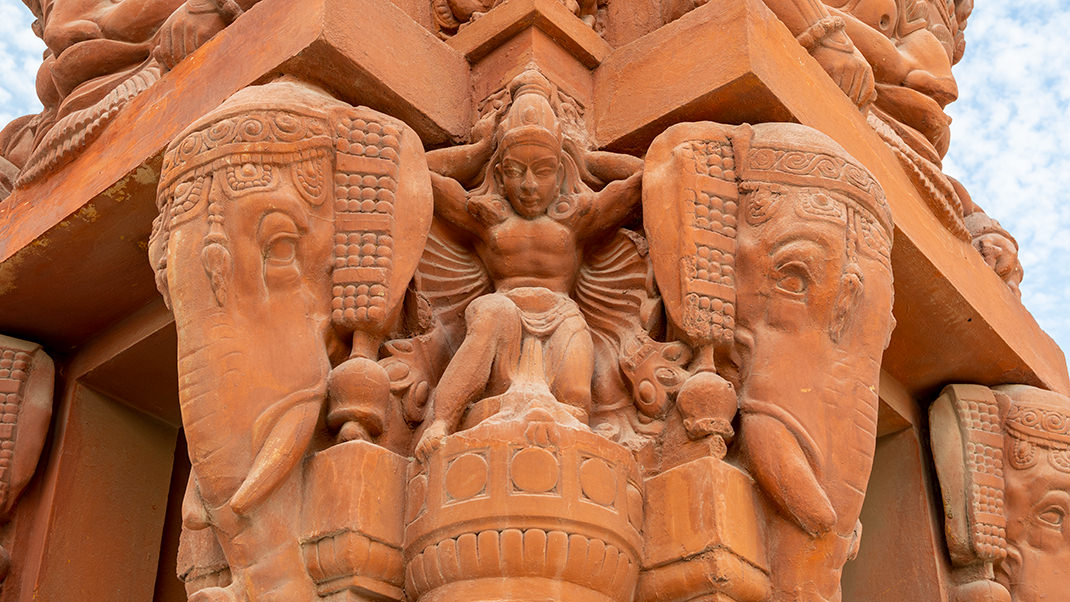

There are several intriguing legends associated with the palace. One theory suggests that the tower of the building or even the entire structure could rotate 360 degrees, following the sun. Sometimes it is claimed that the architect achieved such transformations through magic. To keep this secret, the baron supposedly got rid of the architect and buried him in the garden. Another legend tells of an underground passage leading to the Heliopolitan Basilica, where the baron is buried.
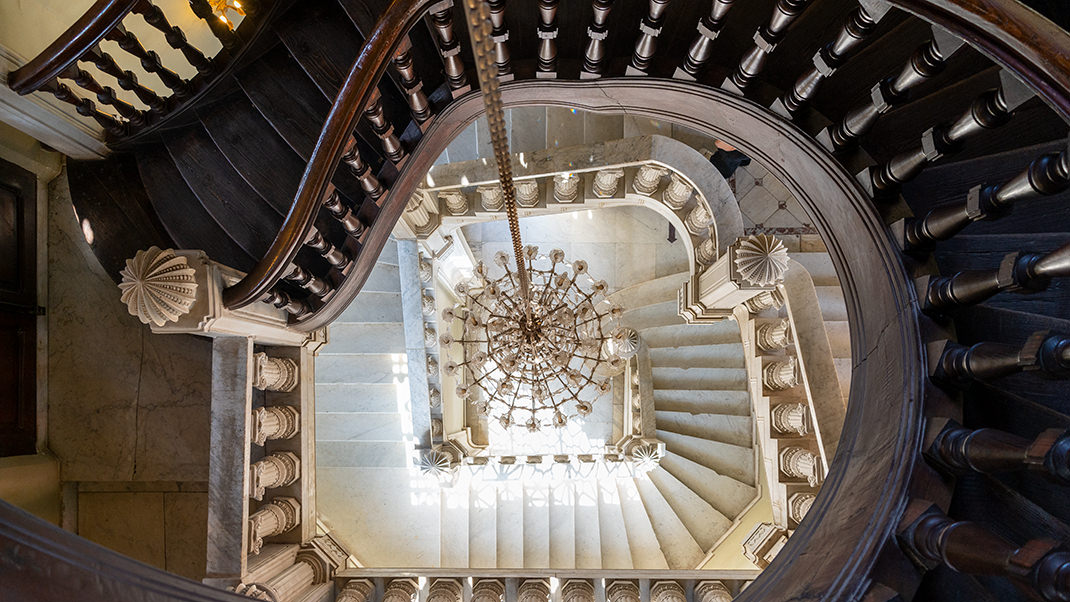
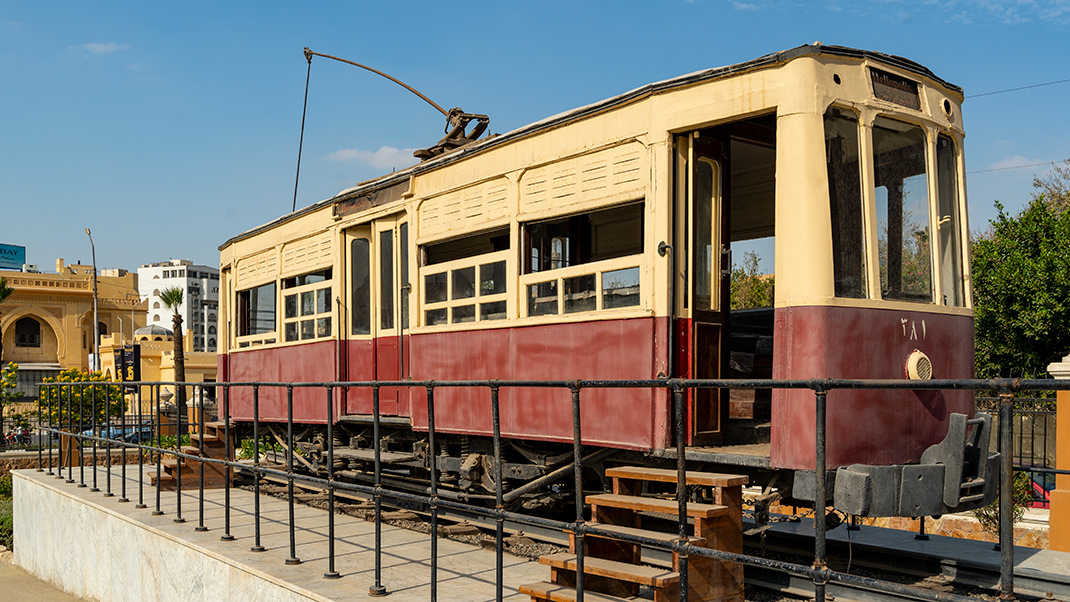
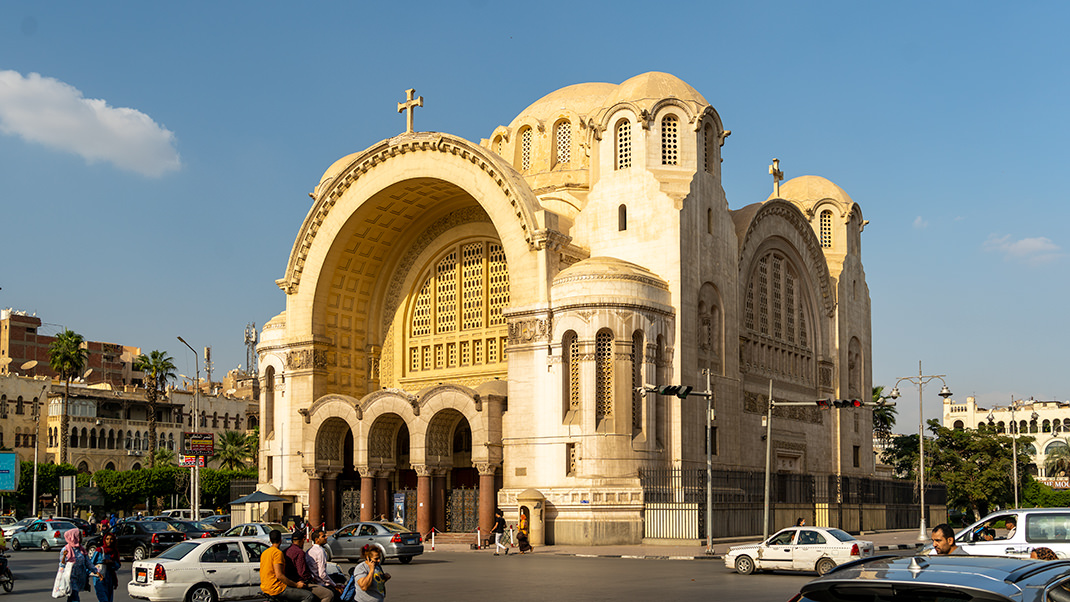
The next Cairo landmark I would like to tell you about is the Cairo Citadel. Today, it has become a large open-air museum.
Have a nice trip!


